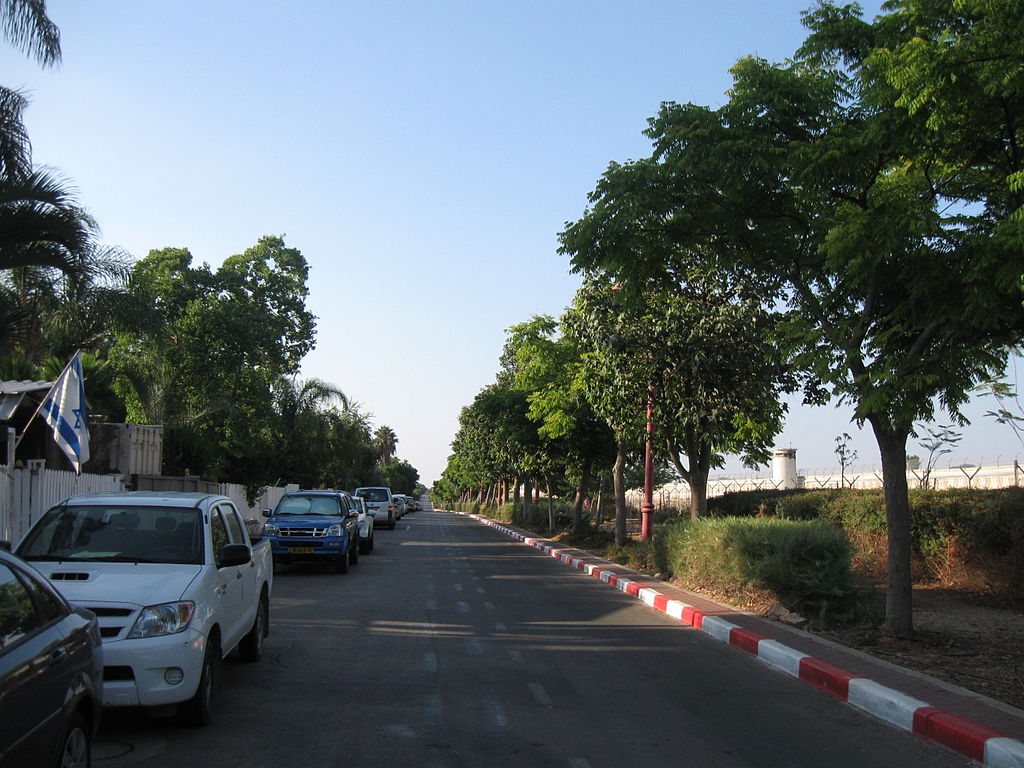
borders (n.)
Share:
The first time, one of the only times, I’ve ever written with an I was for my Parisian university’s newspaper. It was 2003 or 2004, and the Separation Wall between Israel and the West Bank was being completed. I was 17 and had just left Israel for France. I was avoiding military service, I was leaving for good. The student newspaper wanted an op-ed about it, and I wanted to be a writer.
Fifteen years later, I sit in my apartment in New York, thinking about that time. I look up the Separation Wall—the Wikipedia page for it begins with a segment about the many names for this barrier, from the nationalist “security fence,” proffered by the Israeli Minister of Foreign Affairs, to the “Apartheid Wall,” as many Palestinians and activists define it. I read about it, trying to confirm the years, to check my personal history against this symbol. I left in 2002, and things no longer seem normal, the way they do when you live somewhere, when you grow used to what seems impossible, because there is no other way to live.
In a place far away from where I’m from, I try to look back to the times I saw the wall on visits “home.” A drive to IKEA with my dad, the barrier running along the highway. A day trip with an American boyfriend to Jerusalem, I see the wall is in view from every high point in the city. The north-south axis toll road named after Yitzhak Rabin, which started operating in the early 2000s, just as the wall was built, and runs the entire length of the West Bank. (To go back: “home,” in quotation marks, because home is a problem. Because it’s hard not to imagine the familiar when writing about place names: heat rising from asphalt, the smell of the sea, the known light. It’s hard not to belong, but if to belong means to accept, then leaving is the only option.) I look up the wall on Hebrew Wikipedia. One of the illustrations is a photograph depicting a street in a small town northeast of Tel Aviv that borders the wall. There is a promenade running parallel to it on the town’s easternmost street; the wall provides shade.
I can’t find that 15-year-old article on my two-year-old laptop. I Google it but don’t dig deep enough. I want to read it but am hesitant to encounter my younger self. I wonder how naive I was, how safe I felt in France, how I delineated distance then. I know my opinions never changed, but I also know, with time, I’ve stopped discussing them publicly. It often feels like performing a “right” politics, it always skirts the complexity of what feels personal: the scents, the light, the heat. All I remember from that piece is the I. I was taught to write without an I: to write academically, with a sense of remove that makes an argument for objectivity. Years later, I still hesitate, but am writing with an I now as I did then: because I was, because I am, implicated. Years later, I learn objectivity shouldn’t be the golden standard. Because I think about how, once, I was young and didn’t know that a sense of belonging is an inevitability and an impossibility at once. Attachment can be what you feel or what you’re meant to feel. How, once you notice it, you know: to move means to get attached, because humans set roots wherever they are. And then they reinforce them.
I look again at that photograph of the promenade along the Separation Wall and worry: we can get used to anything, and too quickly look away.
Orit Gat is a writer, living in New York, whose work on contemporary art and digital culture has appeared in a variety of magazines including literary publications such as “The White Review” (where she is a contributing editor) and the “Times Literary Supplement,” art magazines such as “Frieze” and “ArtReview,” and general interest publications like “World Policy Journal” and VICE. She is a winner of the Warhol Foundation Arts Writers Grant and was a finalist for the Absolut Art Award for Art Writing.